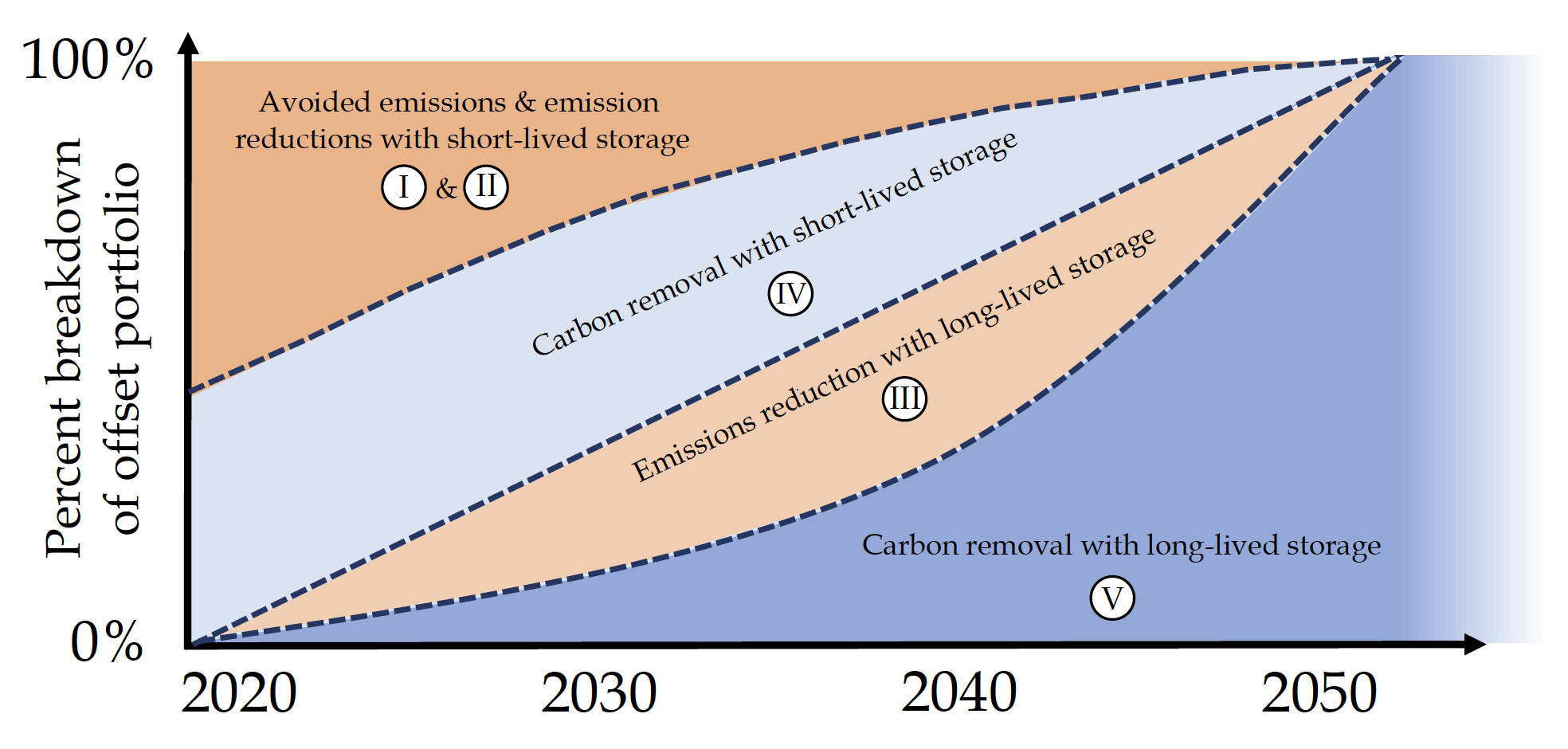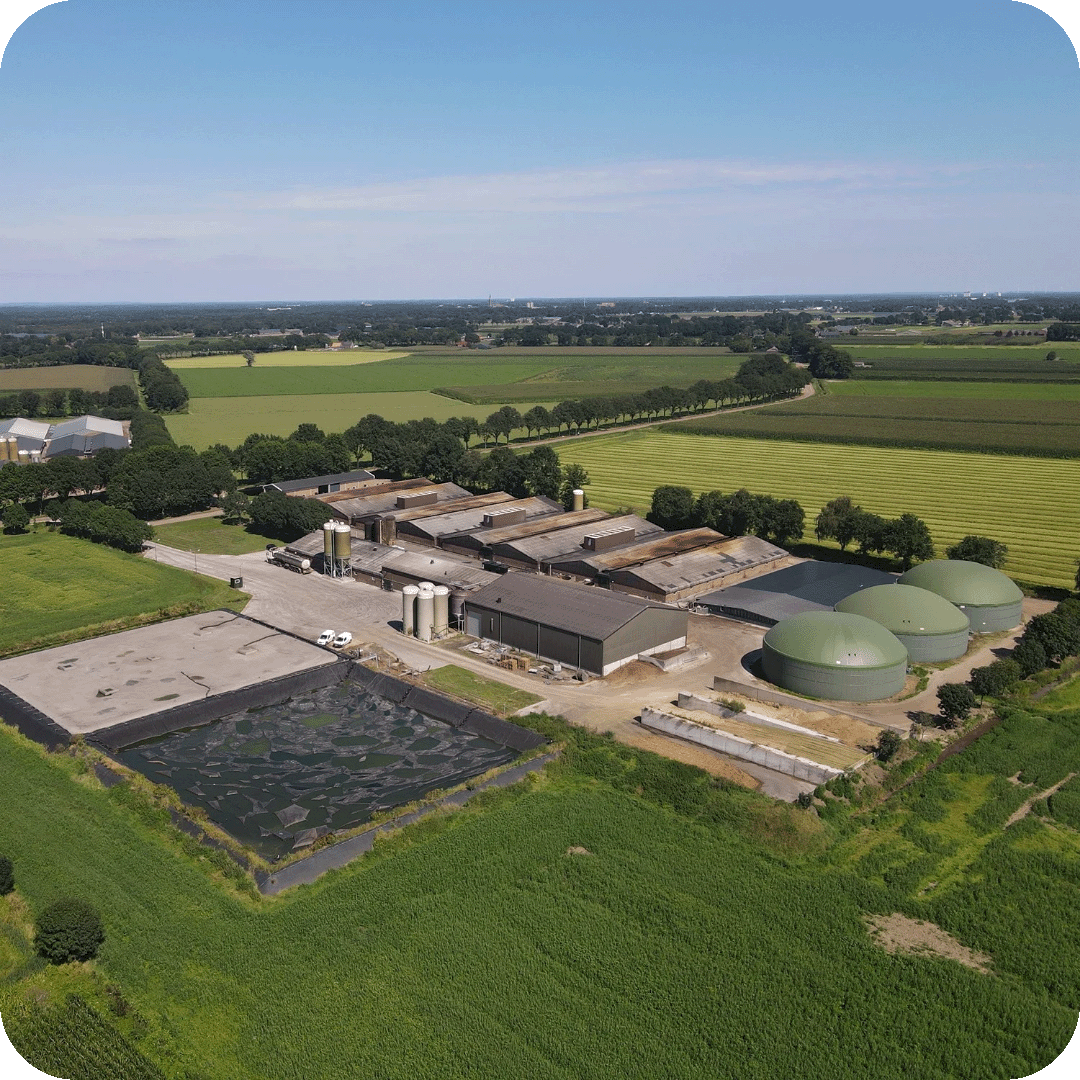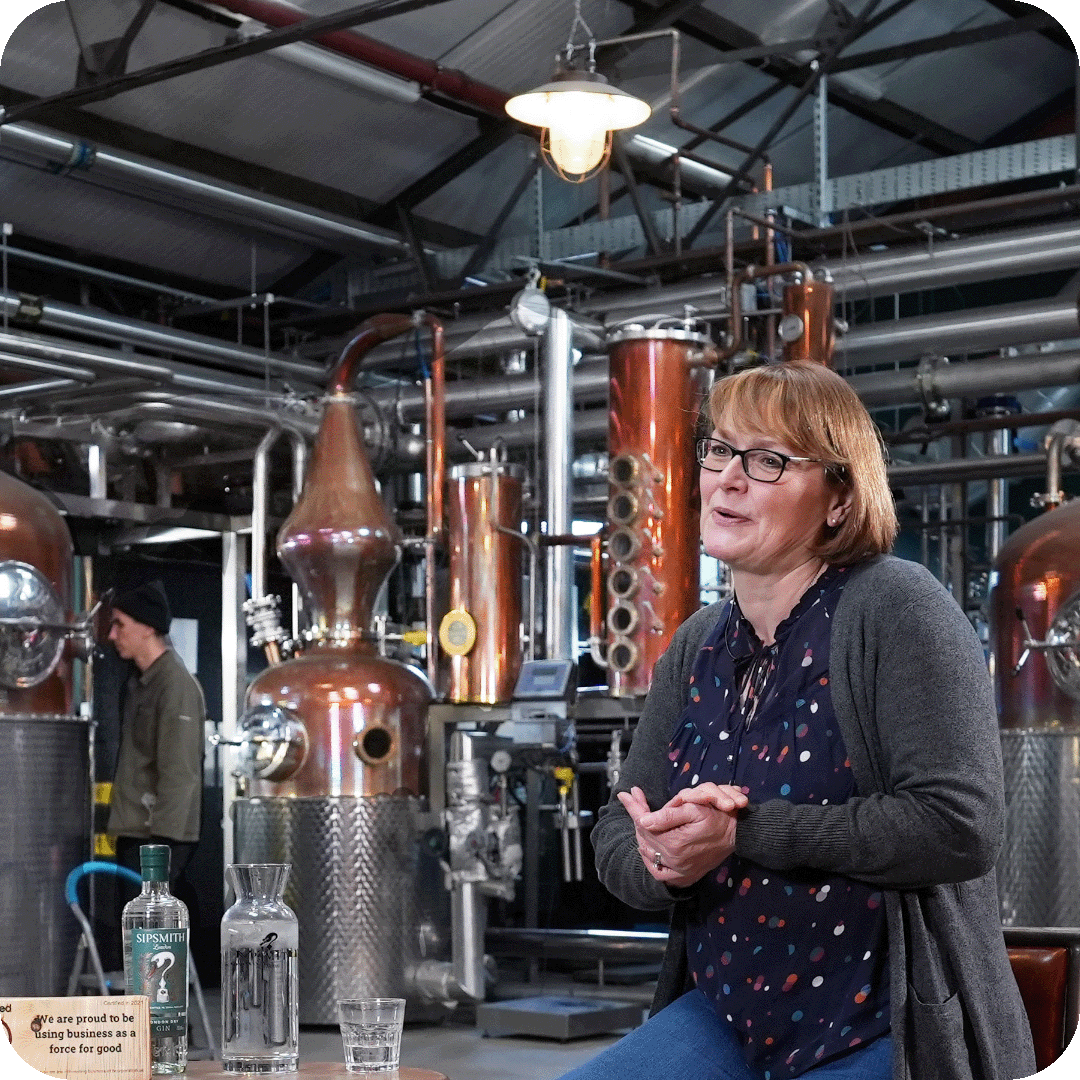
%20(1200%20%C3%97%20425%20px)%20(1).png)
But is it the question? Is one more impactful than the other? Why does it seem that people are divided into camp avoidance or camp removal? In the state of our current climate emergency, does it have to be either/or, or should we shift our perspective and advocate for both? Let’s dive deeper into this crucial topic.
The Race to Decarbonise
According to the Intergovernmental Panel on Climate Change (IPCC), we need to remove at least 8 billion tonnes of carbon dioxide from the atmosphere every year by 2050 to limit warming to 1.5C. However, a report led by the University of Oxford in January 2023 revealed we are currently only removing ~2 billion tonnes per year. And this is only half the battle – we still need to reduce, or prevent, emissions from entering our atmosphere in the first place. A daunting task, but not impossible.
This is where the interplay between carbon avoidance and removal projects, alongside reducing our own emissions, is paramount. Carbon avoidance and removal initiatives each have their own set of objectives and environmental impacts, but at GoodZero we believe both are necessary to mitigate the worst impacts of climate change.
Impact of Today vs. Scalability of Tomorrow
So, what are the differences between these projects? First, avoidance projects aim to prevent or reduce greenhouse gas emissions, such as by promoting renewable energy, energy efficiency, or sustainable land-use initiatives. On the other hand, removal projects focus on removing greenhouse gases from the atmosphere, often using innovative technologies in forestry, land management, or carbon capture.
Both avoidance and removal projects are impactful and can have either natural or technological solutions. For example, African Clean Energy (ACE) helps families in rural communities avoid emissions through their clean, data-driven cookstoves that use sustainable biomass and are solar powered. Meanwhile, Running Tide has discovered an innovative way to utilise kelp to capture and sequester carbon dioxide from the atmosphere.
What we see is that many technologically-driven carbon removal projects, such as Direct Air Capture (DAC) - which uses specialised equipment to draw in ambient air and capture and store carbon dioxide molecules - hold immense potential to combat the climate crisis but are still in their early stage. They require research, investment, and time to scale to the level our planet urgently needs. Although these projects can be seen as expensive, we need to invest and start scaling the technology today so we can reach net zero by 2050. Recognising this, in December 2022 the U.S. Department of Energy committed $3.7 billion to finance carbon removal projects. And the European Union has set goals to capture five million tonnes of CO2 annually by 2030.

However, until these projects come to scale, we need a blended approach of all types of carbon credit projects to prevent the worst impacts of climate change. According to Oxford Principles, we will need avoided emissions and emissions reductions with short lived storage beyond 2040. If we stay on this track, then by 2050 we will have reduced our emissions as much as possible and can focus on investing solely in carbon removal solutions with long-lived storage.
That’s why GoodZero sources both types of projects in their portfolio, says Boudewijn Pars, Sourcing Manager:
“We are actively sourcing innovative initiatives to remove and store carbon from our atmosphere because we realise these need to be scalable by 2050. Meanwhile, we also recognise the pivotal role that avoidance projects play in limiting warming to 1.5C, especially in the short-medium term. By offering both types of projects in our portfolio, we ensure a diverse range of options for companies looking to offset their remaining, unavoidable emissions.”
Looking to Offset?
The need is clear: we have to reduce emissions as much as possible and invest in technologies that remove carbon dioxide from our atmosphere. Are you interested in learning more or would you like to offset your unavoidable emissions through high-impact carbon credit projects? Head to our portfolio or reach out to one of our team members today!
More News & Blogs

GZ | News & Blogs | 03-06-2024
Reducing and offsetting – 3 reasons you should embrace both to reach your net-zero targets
Read this story
GZ | News & Blogs | 18-04-2024
GoodZero and CIRRO: Strategic Partnership for a Greener Tomorrow
Read this story
GZ | News & Blogs | 19-03-2024
A perfect fit : How Sipsmith aligns emissions offsetting with their core values
Read this story
Ready to explore
more?
more?







